Frederica Freyberg:
New COVID-19 cases statewide tripled in the last month according to the Department of Health Services data. COVID patient hospitalizations are also growing in the northwest and northeast regions of the state. All as mask mandates and mitigation efforts continue to collapse. Milwaukee Health Commissioner Kirsten Johnson joins us to describe the dissonance. Thanks for being here.
Kirsten Johnson:
Thank you for having me.
Frederica Freyberg:
Statewide cases have tripled in the last month. What’s happening right now in Milwaukee?
Kirsten Johnson:
We’re experiencing something similar. We are seeing our cases increase. We’ve been really watching that trajectory closely but we have seen significant increase week over week over the last two weeks.
Frederica Freyberg:
How concerning should this be for people, most of whom seems like are over this pandemic?
Kirsten Johnson:
I think what’s most important to realize is twofold. That COVID is here with us. That there is risk. That you have to evaluate your own risk. But also comparing that to what we experienced in December and January, and it is nothing compared to what we saw in the middle of the Omicron surge.
Frederica Freyberg:
Is this new variant — does it affect people less severely? Is that what is happening?
Kirsten Johnson:
That is a good question. What we do know is it’s more contagious. It is a little early to determine what the hospitalizations are going to look like. I know they’re experiencing them throughout the rest of the state but here in the southwestern region, we haven’t seen an increase in the number of hospitalizations related to COVID specifically. But again, it’s something we are watching closely and we do — the trajectory is — it is increasing, our number of cases.
Frederica Freyberg:
What are vaccination rates like right now in Milwaukee?
Kirsten Johnson:
So over 60% of adults are fully vaccinated in city of Milwaukee. That said, it’s been stagnant for a number of months. And it’s really been an emphasis for us. Looking forward, one of the things we are planning on working on most critically over the course of the summer.
Frederica Freyberg:
What about the uptake of the boosters? When you say fully vaccinated, is that the two shots or does that include boosters?
Kirsten Johnson:
So fully vaccinated is just the two. Boosters is a lower number but over 40%. So still a decent number of people who have gotten their boosters. So up to date is how we’re classifying people who have had their boosters and fully vaccinated is the two initial shots.
Frederica Freyberg:
How vulnerable is the population you serve?
Kirsten Johnson:
That is a really good question. I think it is hard to know. We know our vaccination rates in some neighborhoods are lower than they are throughout the rest of the city. Again those are the neighborhoods we’ve targeted most closely. Done our door-to-door campaign. Working closely with our community partners like Milwaukee Public Schools to bring vaccines to where people are. I do think there are increased risks certainly for people who are not vaccinated. We know that that varies by neighborhood in the city and we’re really trying to address it.
Frederica Freyberg:
You described how hospitalizations and deaths are not rising with the new kind of increase in positive cases, but could that be a lagging kind of indicator? Or is it just this variant is just not doing that at this point?
Kirsten Johnson:
Hospitalization data always lags by a few weeks. I think it is a lag in data but again, I don’t think — I don’t anticipate we are going to see what we saw this winter, this spring or in this blip that we’re experiencing.
Frederica Freyberg:
And yet Milwaukee schools made masks mandatory again after determining a significant transmission of the virus within the city of Milwaukee. It just seems like there are so many mixed messages here. What about this new mask mandate in the schools? It sounds kind of alarming.
Kirsten Johnson:
I think it’s less alarming and more trying to use the mitigation measures we have to ensure kids stay in school. I think from the Milwaukee Public Schools’ perspective and from my perspective in my role, what is most important at this point in the pandemic is our children are able to continue to go to school in person. I think using the masks as a tool is critical to make sure that continues to happen. Again, we know COVID is here. We know it’s spreading and we know masks work. It is a great mitigation tool to ensure it’s not spreading in our classroom and our kids can stay in school.
Frederica Freyberg:
Is there more that needs to be done at this point or are we just at this point where we are living with it?
Kirsten Johnson:
I think we are living with it. I think the message is we know how to live with it. We’ve learned a tremendous amount over the last two years. We know that if you are at higher risk, you need to be more cautious. We know people — People know their own level of risk and their comfort with risk. We know there are children who have not yet been eligible for vaccine. We anticipate that’s coming during the summer. But I think it is really identifying what your level of risk is as an individual, for your family and then measuring that against the activities you engage in. And knowing again, that there are mitigations. We can put on a mask. We can socially distant. We can test before we gather with friends and family for a large gathering. We have tools we didn’t have previously.
Frederica Freyberg:
All right. Kirsten Johnson, thank you for joining us.
Kirsten Johnson:
Thank you for having me.
Search Episodes
News Stories from PBS Wisconsin

Donate to sign up. Activate and sign in to Passport. It's that easy to help PBS Wisconsin serve your community through media that educates, inspires, and entertains.
Make your membership gift today
Only for new users: Activate Passport using your code or email address
Already a member?
Look up my account
Need some help? Go to FAQ or visit PBS Passport Help
Need help accessing PBS Wisconsin anywhere?

Online Access | Platform & Device Access | Cable or Satellite Access | Over-The-Air Access
Visit Access Guide
Need help accessing PBS Wisconsin anywhere?

Visit Our
Live TV Access Guide
Online AccessPlatform & Device Access
Cable or Satellite Access
Over-The-Air Access
Visit Access Guide
 Passport
Passport





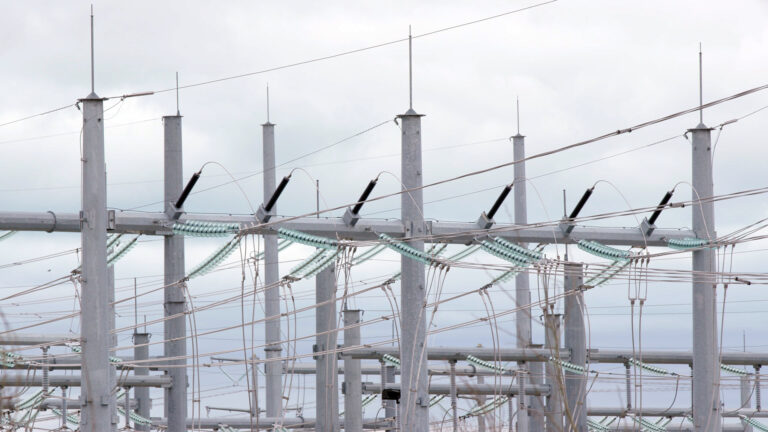
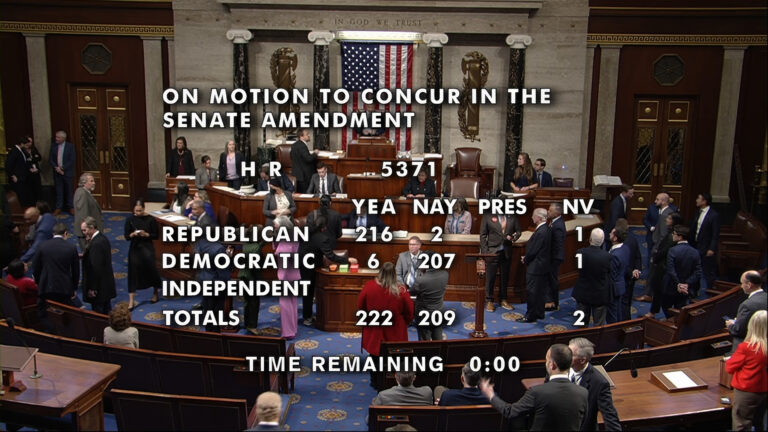
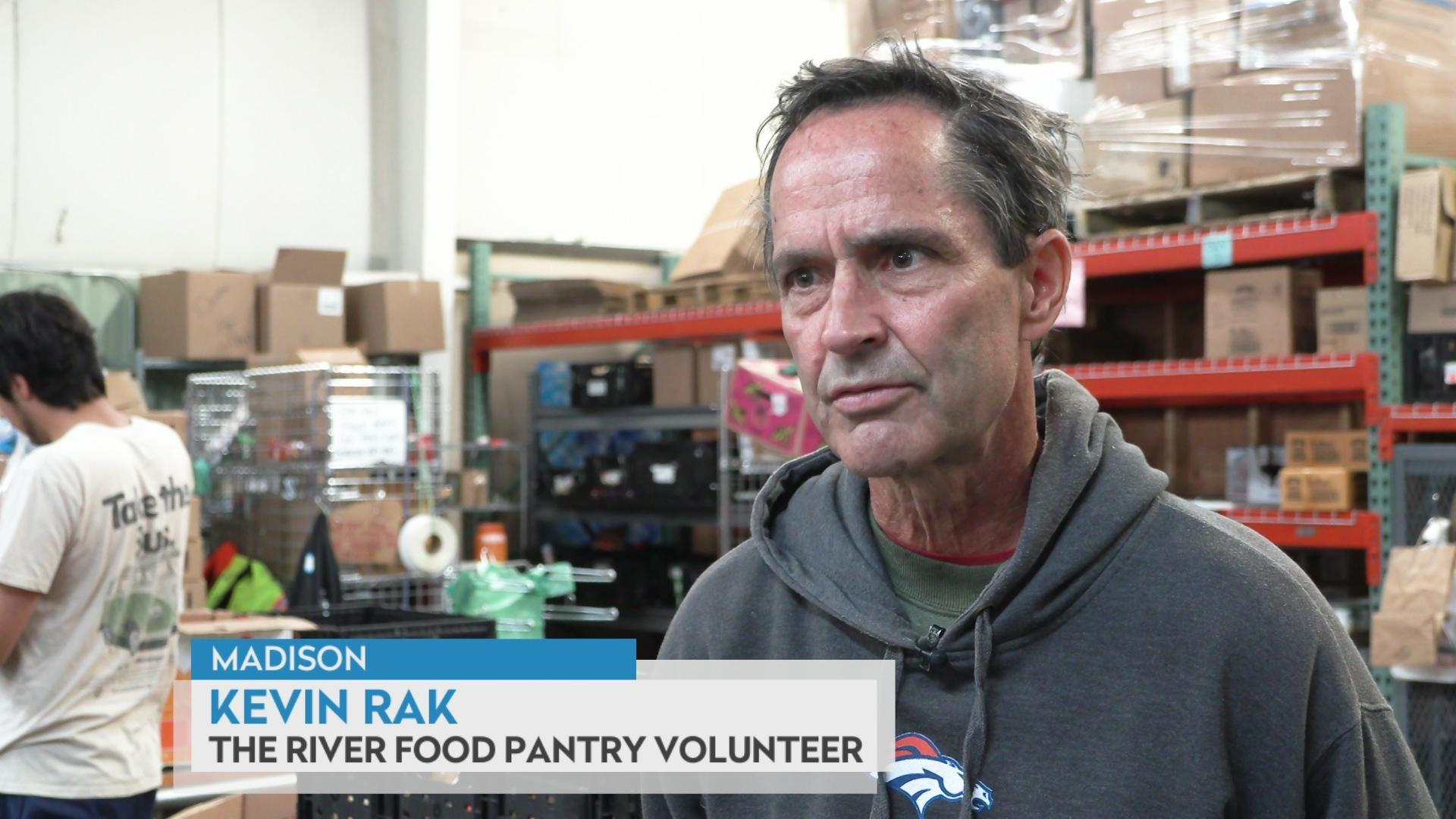
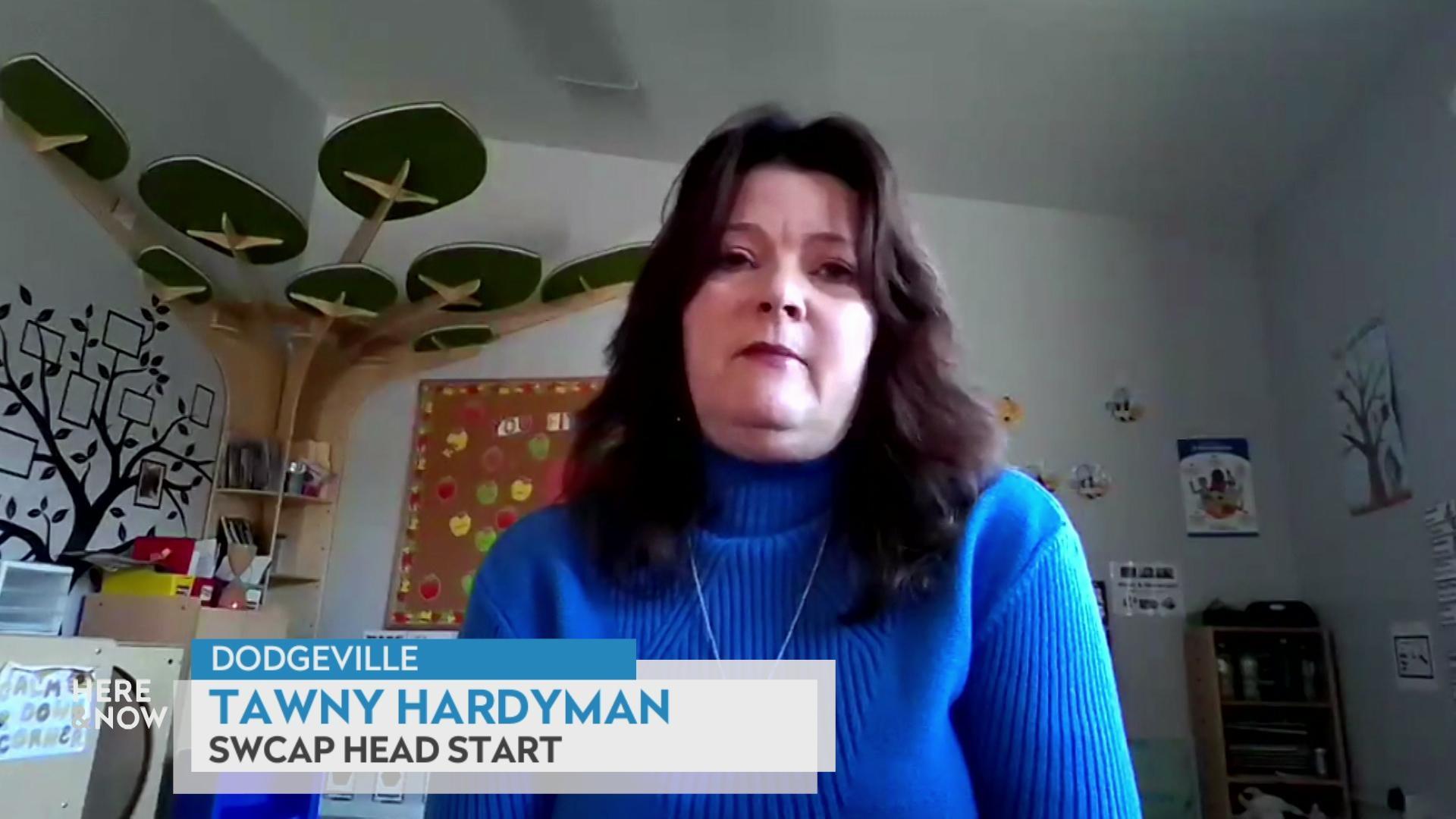
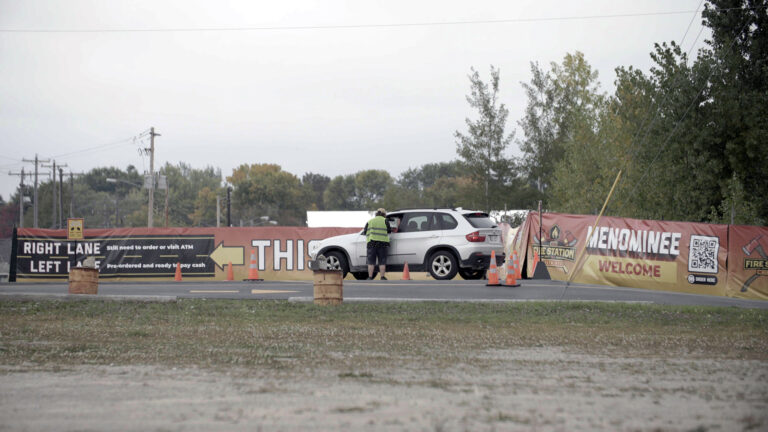
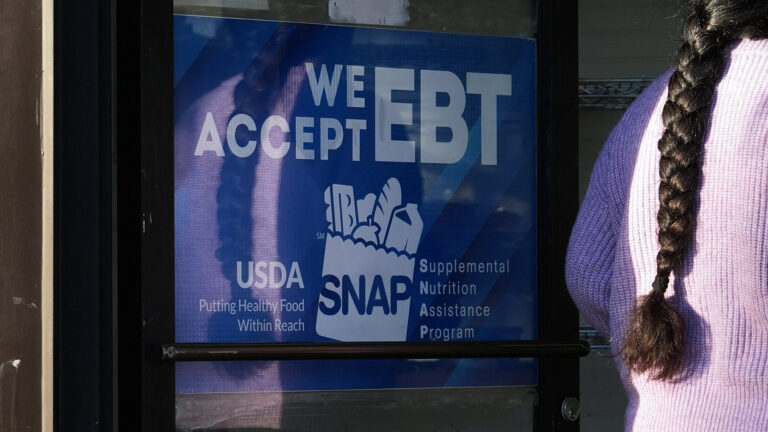
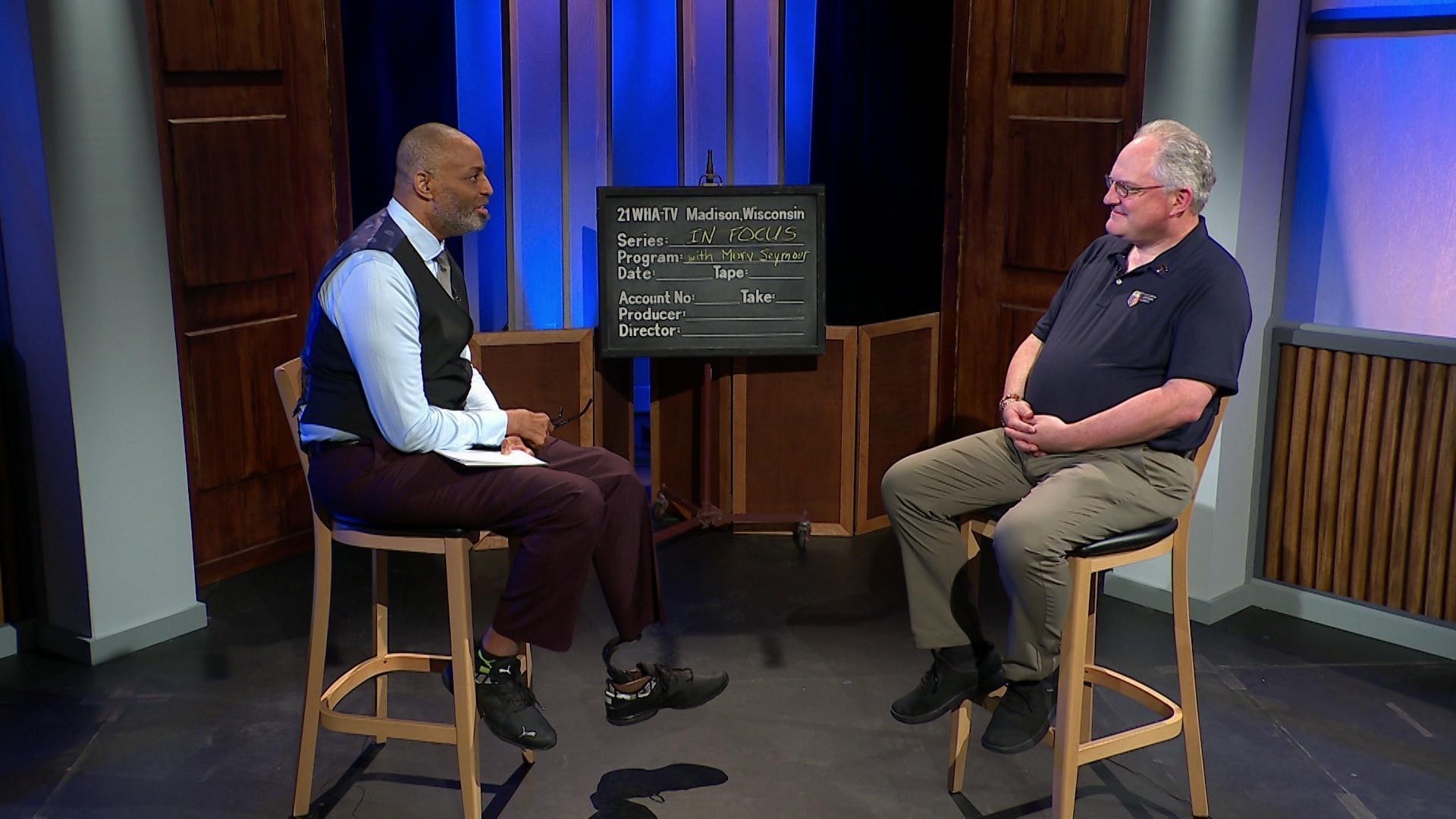
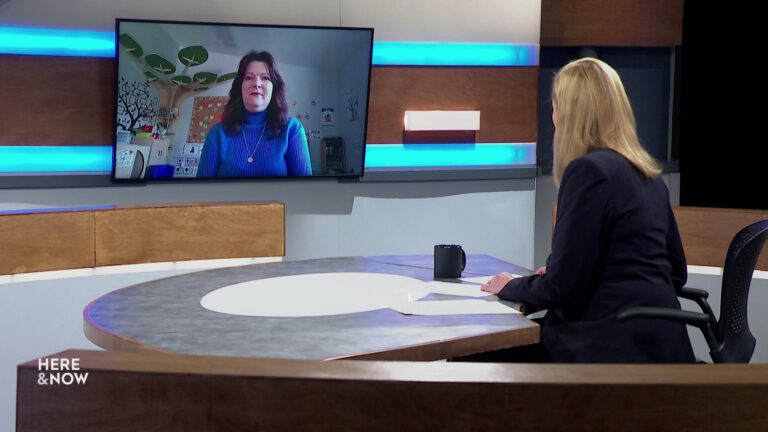

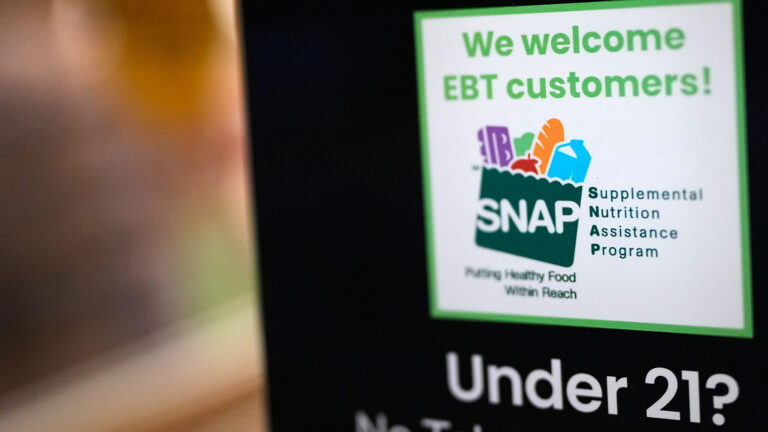
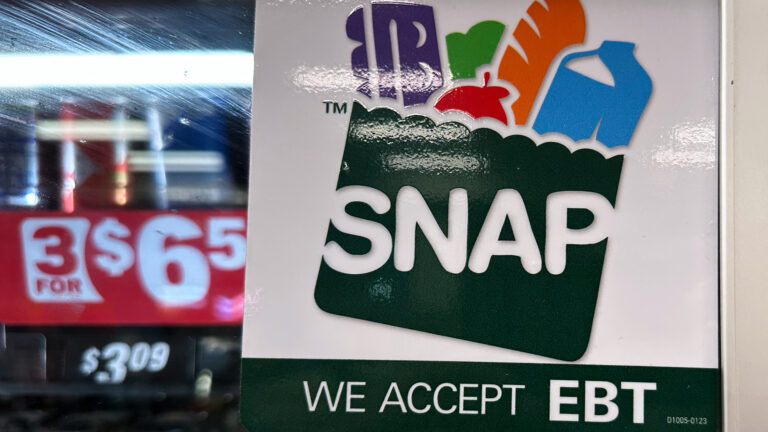
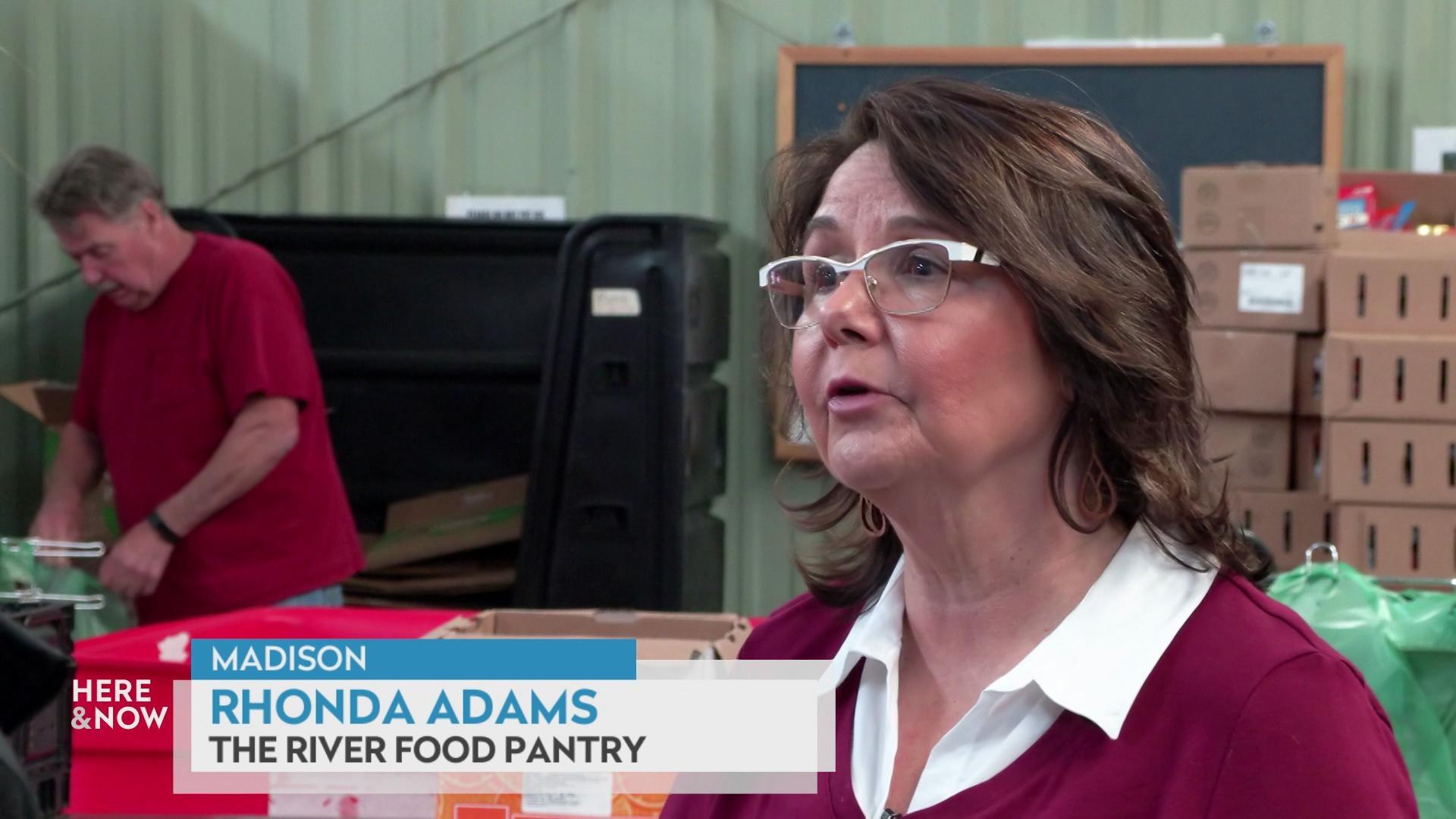

Follow Us